I am required to look at the statistics (stationarity, mean, standard deviation etc) of the electric load profile. I decided to use the load data for the IEEE reliability test system as it has all the data for an entire year. More specifically I have data for all 24hrs * 7 days * 52 weeks = 8736hrs of the year.
From this data, I then produced the 24 hrs load profile for each of the 364 days of the year. At this point, I have 364 realizations of the stochastic process. Then using this data, I fixed time (eg. at 1am, 2am, … 1pm, 2pm) and stored all 364 data points for each time of day. Therefore, for 1am, I have 364 data points, similarly at 2am and so on. Therefore, I end up with 24 random variables (in terms of stochastic terminology) and created the best fit probability density function in MATLAB using this data shown below:
I have also found the mean, for each hour and this produces the following:

As we can see from this, the mean does vary with time, therefore, the process is not Wide Sense Stationary and by extension it also not Strict Sense Stationary as indicated by the different PDF's in the first image. Furthermore, I have concluded that the process is not ergodic because the time average of one realization (i.e. the load profile for one day) is not equal to the average of the ensemble at different time as the average/mean changes over time and is not constant.
Now I understand, that if the process is not WSS, then automatically it cannot be SSS and by extension ergodic. But I am merely pointing out by observation, ways I think I can identify WSS, SSS or ergodicity.
Can someone, confirm if my analysis of the stationarity property makes sense or is incorrect.
